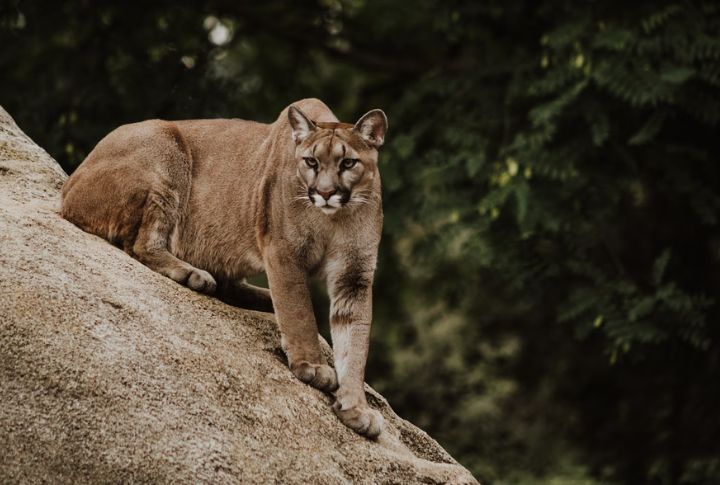
Some places are wilder than others, and mountain lions know exactly where to hide. These elusive cats carefully pick their spots, ranging from desert canyons to alpine forests. Curious about where they roam? Here are ten states where their presence still leaves a shadow.
Washington
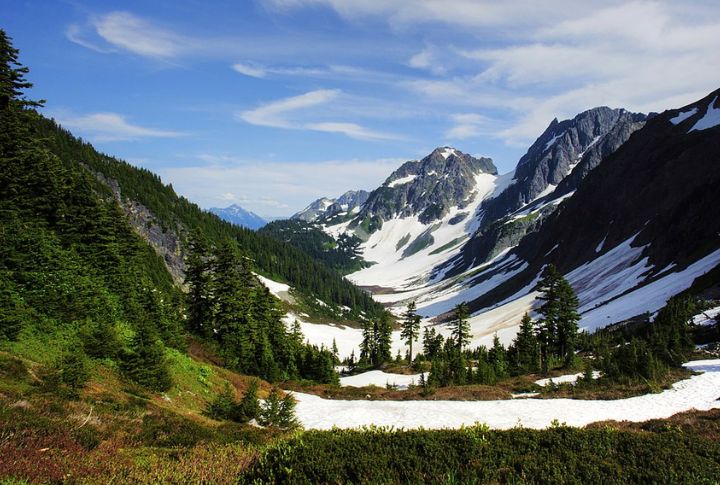
Cougars in Washington navigate thick understory and steep mountain passes. Their stealth thrives in the moist, mossy landscape of the Cascades, where snowfall, salmon-rich rivers, and remoteness combine to support one of the Pacific Northwest’s healthiest mountain lion populations.
Montana
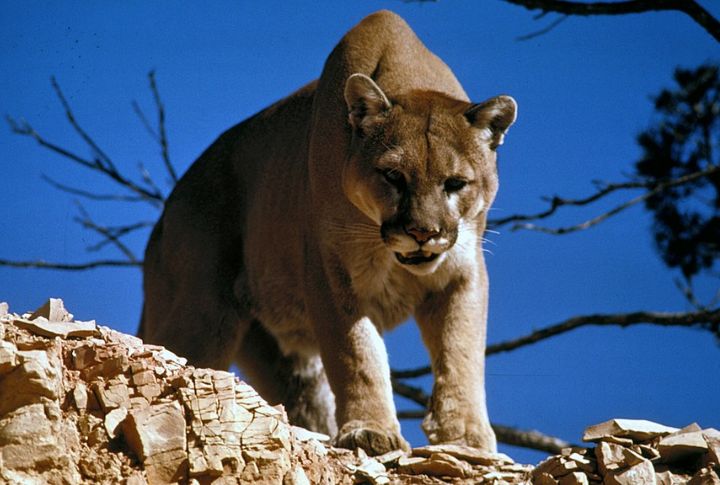
The vast wilderness stretches as an ideal habitat for mountain lions, offering them prime territory to roam and thrive. Glacier National Park, the Bitterroot Range, and the Bob Marshall Wilderness provide a perfect blend of prey availability and sparse human populations.
California
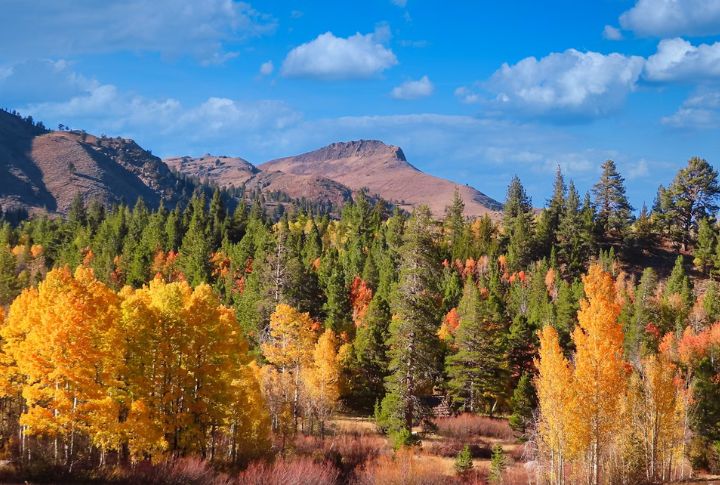
Despite roads and neighborhoods cutting through their range, California’s cougars remain resilient. They move through wilderness patches near Los Angeles. The state’s vast and varied ecosystems—from the Sierra Nevada to the Santa Monica Mountains—offer prey-rich habitats and secluded cover.
Arizona
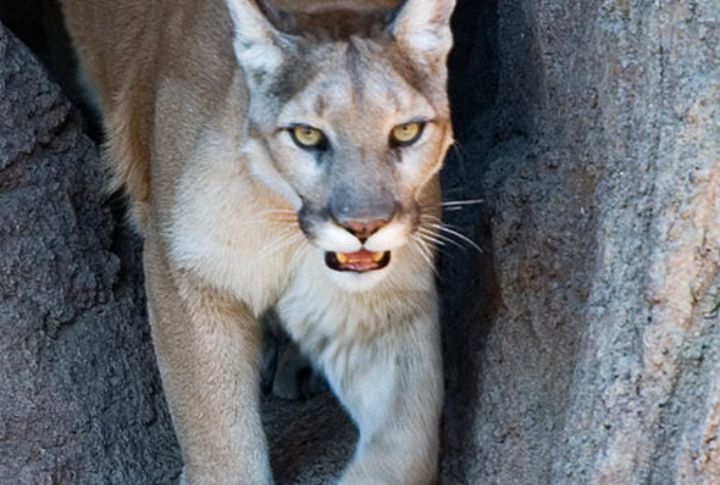
Cougars in Arizona move through zones of striking contrast. From red rock canyons to forested mesas, especially around the Mogollon Rim, they navigate seasonal shifts and terrain changes with ease, showing why they remain one of the state’s most elusive hunters.
Texas
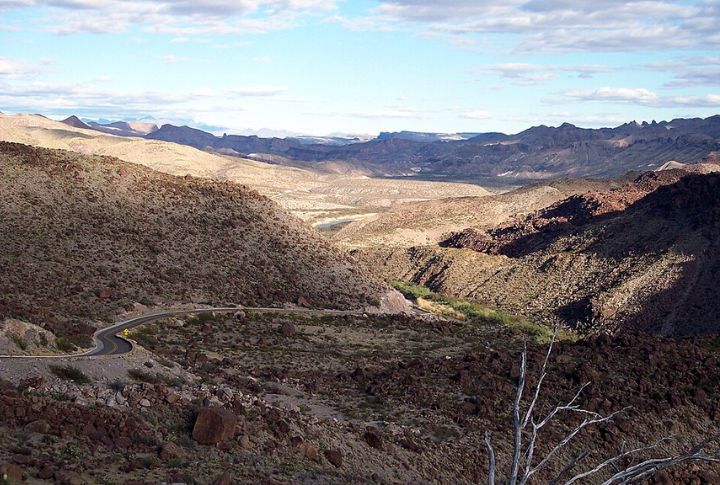
Mountain lions in Texas are most common west of the Pecos River. They’re legally classified as non-game animals, meaning fewer protections exist. Still, these cats roam freely across private lands, often tracked by biologists to better understand survival in unregulated terrain.
Colorado
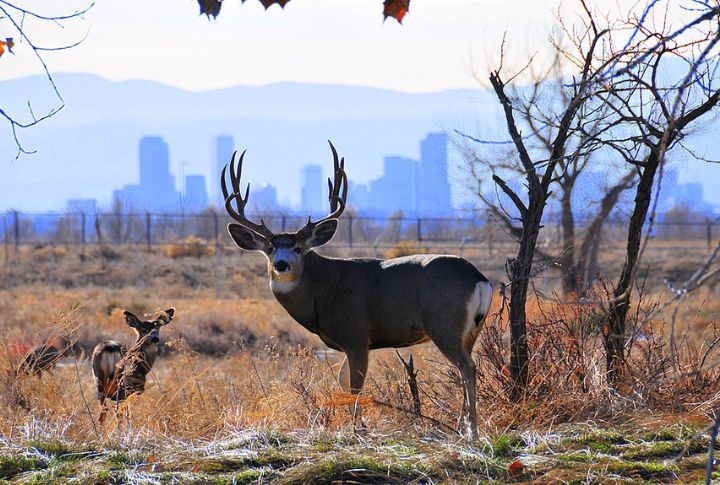
With one of the highest cougar densities in the country, Colorado requires human-wildlife coexistence strategies. Researchers here tag and monitor lions near populated areas to prevent conflict. Mule deer migrations through forested foothills create seasonal hot zones for lion activity.
New Mexico
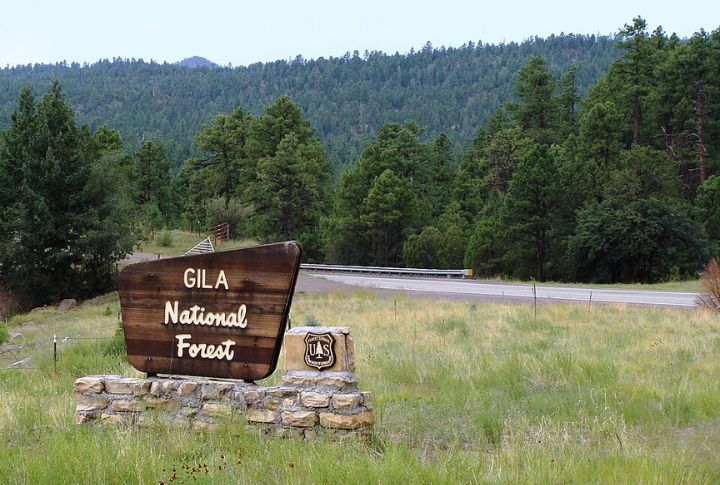
The rugged mesas and high deserts support thriving populations of mountain lions. Here, the Gila National Forest, with its abundant mule deer and steep canyon walls, creates the perfect environment for cougars to hunt and maintain territory far from human interference.
Oregon
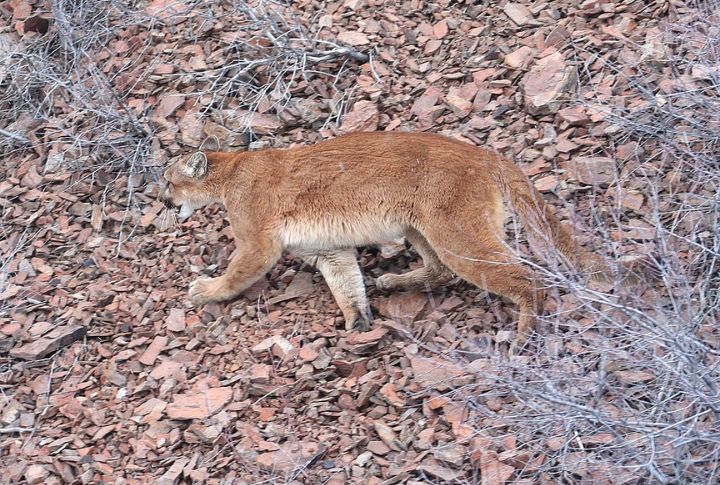
Silent movements through dense woods make these cats hard to spot, even with 6,000 roaming. Conservation teams depend on tech-based tools to guide safe coexistence policies, ensuring predators remain in balance with local wildlife, livestock, and human development zones.
Nevada
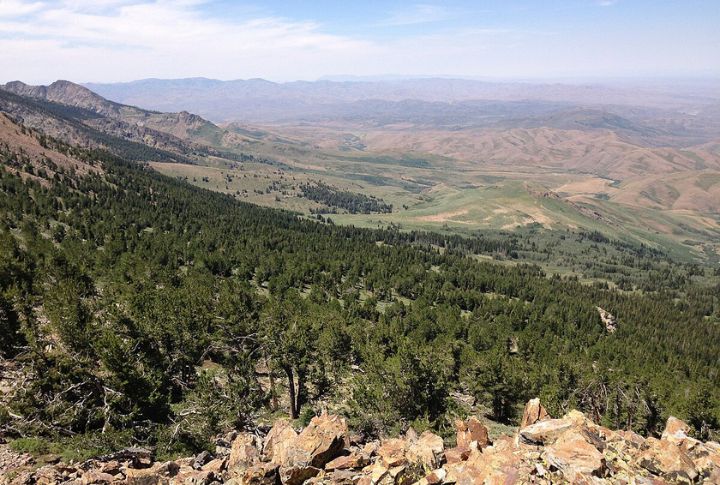
Nevada’s lions traverse unforgiving terrain—isolated mountain “islands” rising above desert basins. This landscape creates distinct cougar populations that rarely overlap. Wildlife cameras reveal how they cross dry valleys under the cover of night, making them hard to study and harder to spot.
Utah
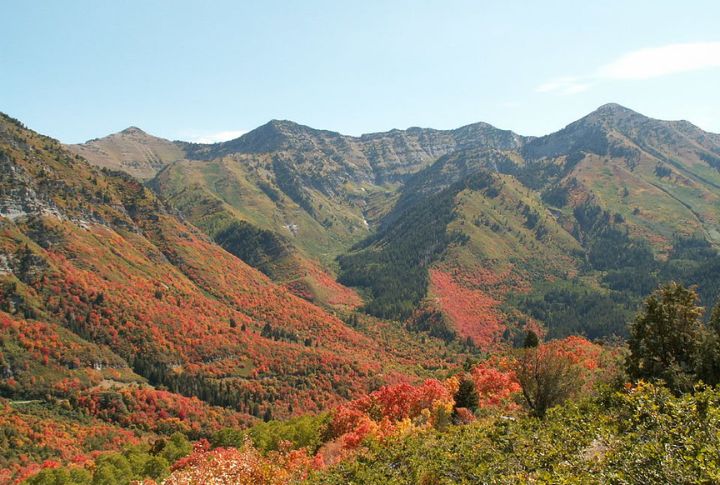
Elevations rise and fall through red canyons and alpine peaks, creating rugged travel routes for elusive predators. In places like Zion and the Uintas, they stalk deer through forest and stone. Wildlife agencies tweak hunting rules yearly to keep populations balanced and ecosystems intact.
